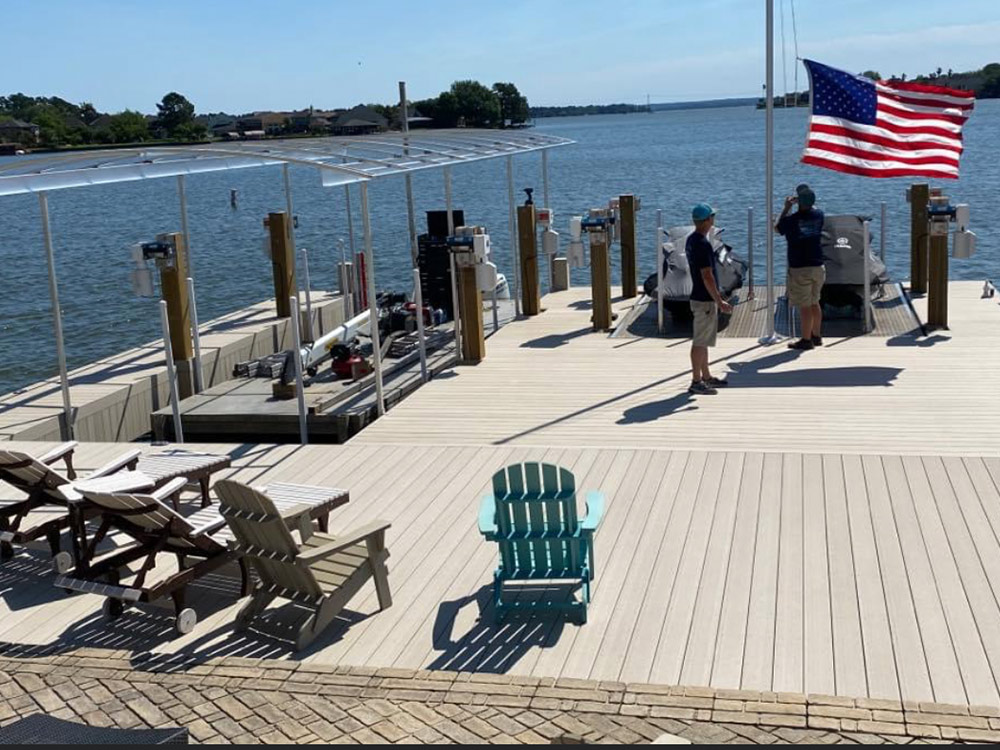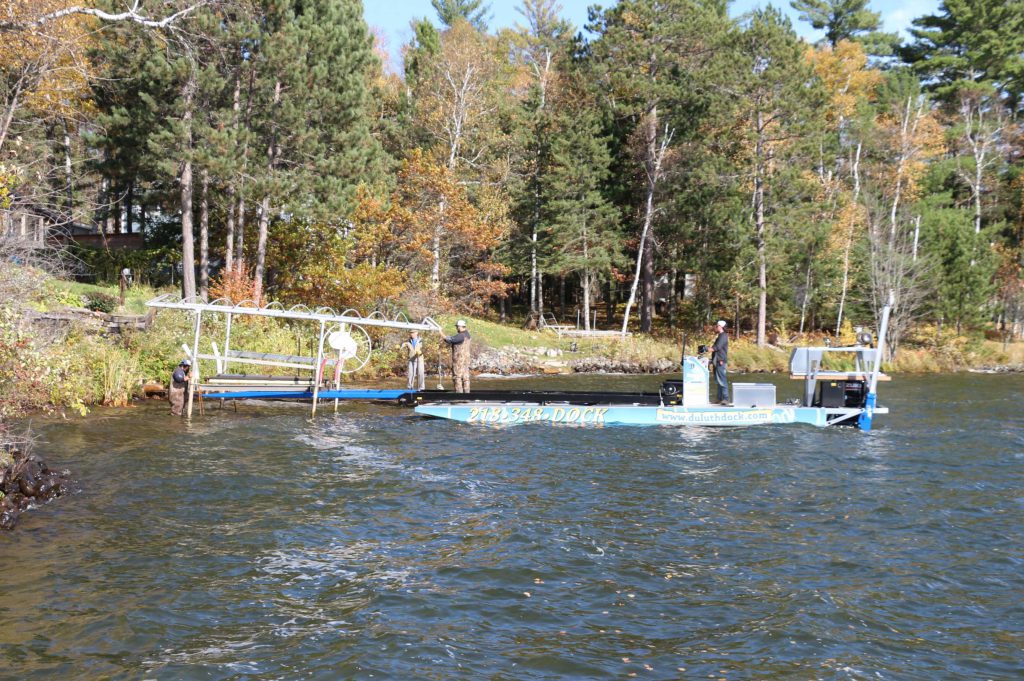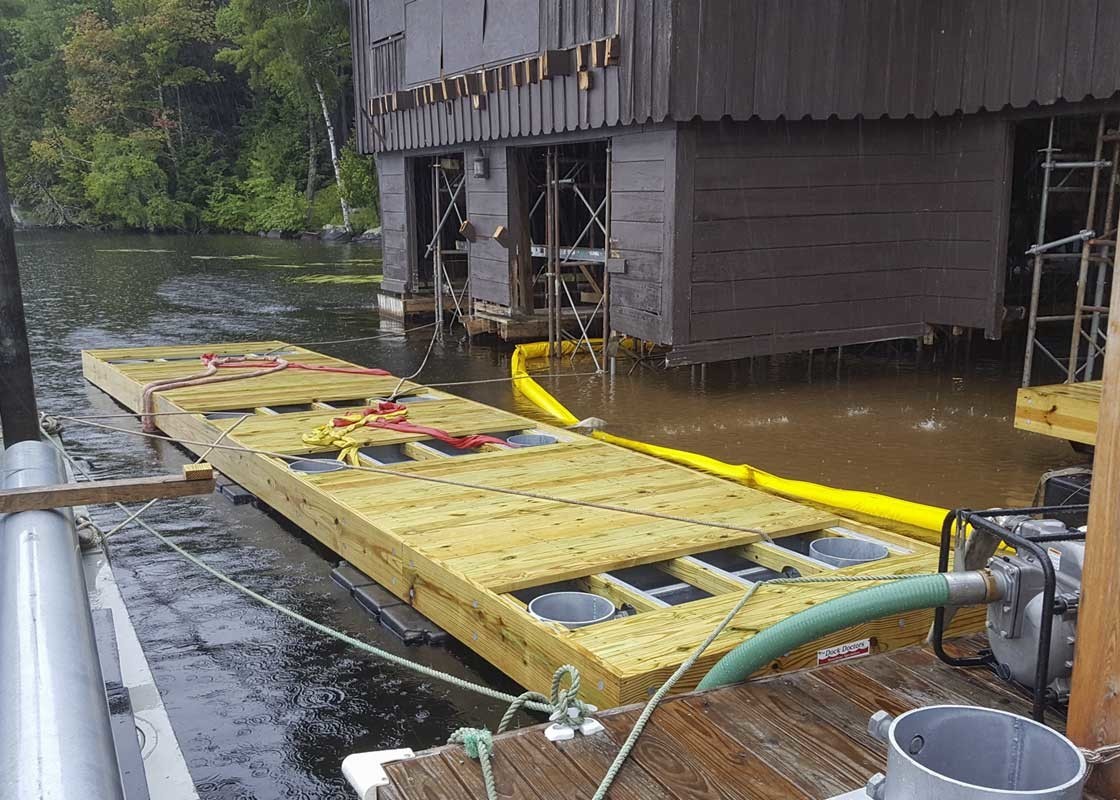Typical Problems That Result In Expensive Dock Repairs
Wiki Article
Just How to Address Common Dock Fixing Issues for Safe Water Tasks

Identifying Common Dock Issues
Recognizing common dock problems is crucial for preserving the functionality and security of your waterside building. Normal examinations can assist reveal issues before they become serious, ensuring both the durability of the dock and the security of those that use it.Another common problem is the destruction of flotation protection gadgets. These tools are crucial for keeping the dock resilient, and any kind of damage or leaks can create the dock to checklist or sink. Consistently looking for leakages or water logged drifts can preempt more considerable issues.
Additionally, algae and barnacle accumulation on the dock's surface can produce harmful and unsafe conditions. This biofouling not only poses a risk to customers but can additionally speed up the deterioration of the dock materials.
Last but not least, examining for indicators of rust on metal elements is necessary. Corrosion can jeopardize the stability of the dock's structure, making it harmful. By consistently recognizing these common dock problems, you can ensure that your dock remains functional and secure for many years to find.
Repairing Rotting Wood
When addressing the problem of decaying timber on your dock, it is imperative to act quickly to avoid more degeneration. Begin by thoroughly evaluating the whole framework to recognize all affected areas. Utilize a screwdriver to probe the wood; if it sinks in quickly, the timber is likely decomposed and needs instant attention.Once determined, remove the decomposed sections using a saw or chisel. Be certain to cut back to healthy, strong wood, ensuring you remove all endangered product. After removal, treat the remaining wood with a timber preservative to avoid future rot. This therapy will help safeguard versus dampness, which is the main source of timber degeneration.
Next, change the eliminated sections with marine-grade lumber or pressure-treated timber, which are more immune to water damage. Secure the new items with stainless-steel or galvanized fasteners to stop deterioration. Furthermore, applying a water-proof sealer to the brand-new wood can give an additional layer of defense.
Protecting Loosened Boards
How do you guarantee your dock remains practical and secure for all its customers? One crucial facet is securing loosened boards, which can otherwise posture considerable threats. Loose boards not only increase the risk of tripping yet can also endanger the structural integrity of the whole dock.
For reinstallation, use stainless or galvanized steel screws, as these products use exceptional resistance to corrosion in marine atmospheres. Make certain the screws are long enough to penetrate deep right into the underlying assistance structure, but not as long that they extend via the dock's surface. Pre-drilling pilot holes can help prevent the wood from splitting.
Finally, maintain a routine evaluation timetable to recognize and deal with any brand-new concerns without delay. By protecting loosened boards efficiently, you contribute to the total safety and security and longevity of your dock, making it a reliable system for water activities.
Maintaining Unsteady Pilings
Making certain the security of unsteady pilings is vital to maintaining a secure and useful dock. Unsteady pilings can compromise the whole structure, posturing considerable threats to individuals and possibly resulting in costly fixings. The initial action in maintaining these crucial elements is an extensive inspection. Analyze the pilings for signs of rot, damages, or changing. Use a degree to look for upright positioning and guarantee they are driven deep sufficient into the substratum to provide appropriate assistance.If the pilings are discovered to be unsteady, one reliable approach for reinforcement is the use of extra supporting. Cross-bracing with dealt with lumber or galvanized steel can considerably improve security. Support the braces securely to both the pilings and the dock frame to distribute my latest blog post loads uniformly.

Regular upkeep and routine reassessment of the pilings' stability are important to making sure long-lasting dock safety and security and functionality.
Changing Rusty Equipment
Resolving unstable pilings is simply one element of maintaining a dock's honesty; an additional vital concern is changing rustic equipment. With time, exposure to dampness and salt can result in the oxidation and corrosion of screws, brackets, and screws, compromising the whole structure's safety and security. Normal inspection for corrosion is important, specifically after severe climate or seasonal changes.When rustic hardware is determined, prompt activity is required. Begin by picking marine-grade stainless-steel or galvanized equipment, both developed to stand up to the extreme marine Learn More environment. Make certain that you have the appropriate devices, such as screwdrivers and wrenches, to safely eliminate the old, rusty items without triggering additional damage to the dock.
After getting rid of the rustic equipment, thoroughly clean the impacted locations to remove any kind of residual rust or debris. Use a rust-inhibiting guide to revealed metal surfaces prior to setting up the new hardware. Tighten all fixtures securely to stop future loosening, and periodically examine the fittings to make certain recurring security.
Changing corroded equipment not only prolongs the dock's life expectancy yet additionally dramatically improves the security of water tasks. By proactively taking care of deterioration, you secure both the structure and its users, ensuring a safe and secure and pleasurable beachfront experience.
Final Thought
Routine assessments and upkeep are necessary to address common dock repair issues and make certain safe water tasks. By recognizing and treating issues such as deteriorating useful site timber, loosened boards, unsteady pilings, and rusty hardware, structural stability and durability can be substantially improved. The application of suitable treatments and marine-grade products better strengthens the dock against ecological stress factors. Such positive procedures add to the overall safety and capability of dock structures, promoting a protected environment for water-based tasks.Ensuring the security of water activities hinges considerably on the proper upkeep and repair work of anchors (Dock Repairs). These devices are crucial for maintaining the dock buoyant, and any type of damage or slits can create the dock to listing or sink. By consistently determining these common dock issues, you can ensure that your dock continues to be safe and functional for years to come
Making sure the security of unsteady pilings is critical to preserving a risk-free and practical dock.Routine inspections and maintenance are crucial to address typical dock fixing issues and guarantee risk-free water activities.
Report this wiki page